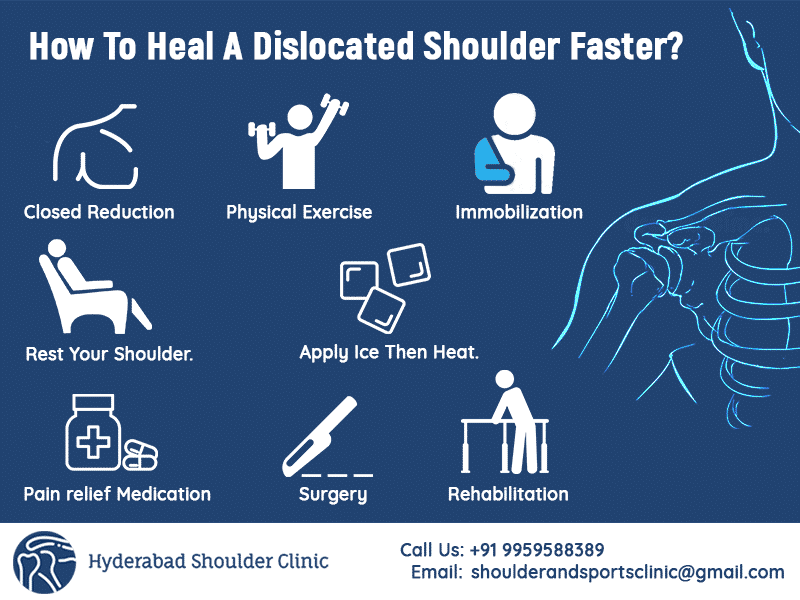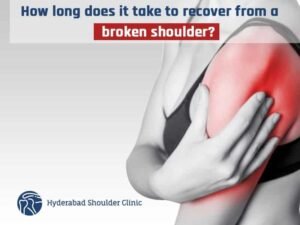The shoulder joint is ball and socket joint. The ball is the top of a rounded bone in the upper arm (humerus) that fits into a socket, the cup-shaped outer part of the shoulder blade. When the head of the humerus is moved from its usual place to the shoulder joint, it is said to be shoulder dislocation. Unexplained shoulder pain can mean many things, including dislocation. In some cases, recognizing a shoulder dislocation is as easy as looking in a mirror. The affected area can be seen to be distorted by lump.
But in most cases, other symptoms indicate dislocation. In addition to swelling and severe pain, it can also cause muscle cramps. These uncontrolled movements can make your pain worse. Pain can also move up and down your arms, from your shoulders to your neck. If you have shoulder dislocations, you must see a doctor immediately to avoid further pain and injury.
Do not move your shoulders and do not try to return it to its original position until you see a doctor. If you try to push the shoulder back to the joint, there is a risk of damage to the shoulder and the joints and surrounding nerves, ligaments, blood vessels and muscles. If you have relatively simple shoulder dislocations without large nerve or tissue damage, the shoulder joint is likely to improve within a few weeks. Still, you have an increased risk of future dislocation. Continuing activities too quickly after dislocation of the shoulder can cause injury to the shoulder joint or relocation. As soon as your doctor has a clear understanding of your injury, your treatment will begin.





